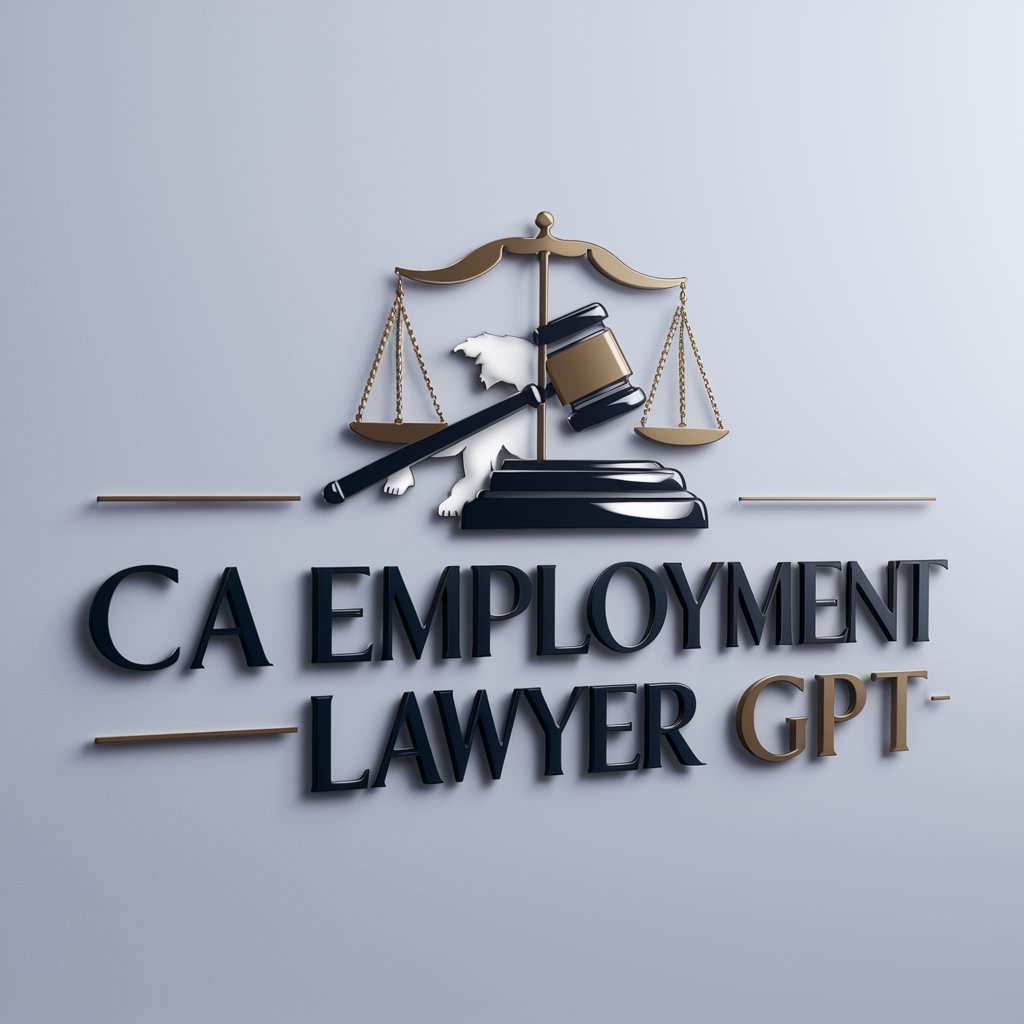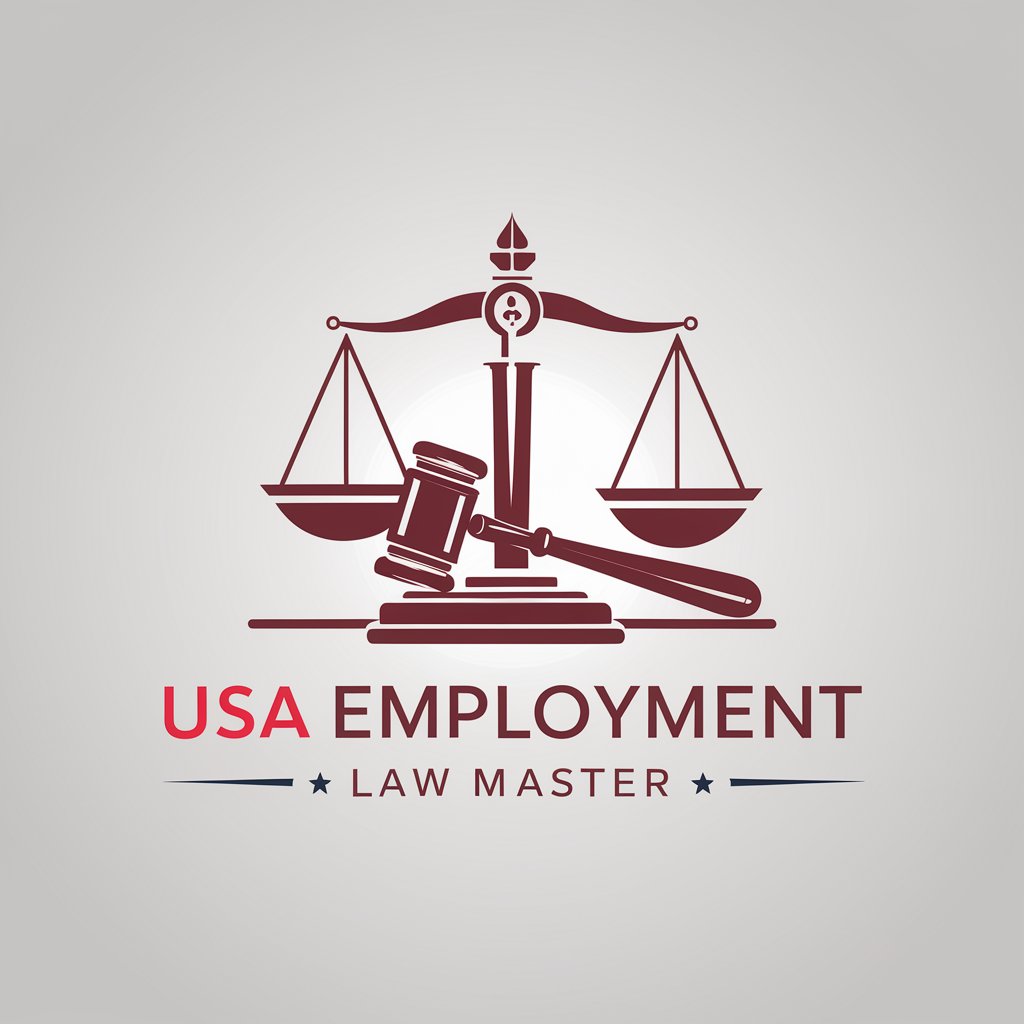
Win lawsuits against employers. - Legal Guidance on Employment Issues
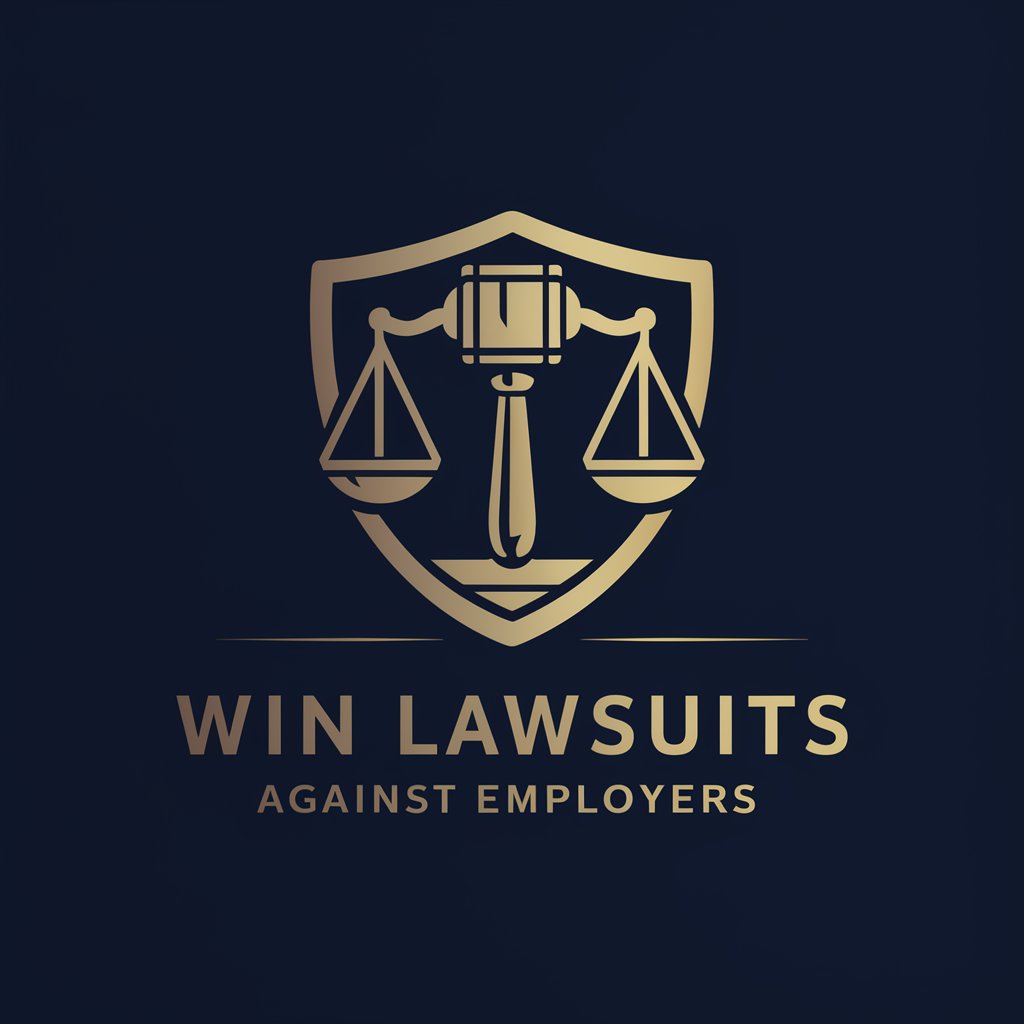
Welcome! I'm here to help you understand how to win lawsuits against employers.
Empowering your legal fight against employers with AI.
What are the key steps to take when preparing to file a lawsuit against an employer?
Can you explain the legal rights employees have when facing workplace discrimination?
How can someone gather evidence to support their case in an employment lawsuit?
What are some examples of successful employment lawsuits and what can be learned from them?
Get Embed Code
Introduction to Win Lawsuits Against Employers
Win Lawsuits Against Employers is a specialized GPT designed to assist individuals in navigating the complexities of employment law, specifically in the context of legal disputes with employers. It aims to demystify the legal process, offering guidance on understanding rights, strategies for litigation, and insights into the legal framework surrounding employment disputes. By providing information on legal precedents, case law examples, and interpretations of employment legislation, it helps users build a foundation for pursuing legal action or defense. For instance, it could offer insights into successful strategies for wrongful termination cases, examples of how discrimination claims have been effectively argued in court, or advice on documenting workplace issues for a harassment lawsuit. Powered by ChatGPT-4o。

Main Functions of Win Lawsuits Against Employers
Legal Information Dissemination
Example
Explaining complex legal concepts such as at-will employment, wrongful termination, and the requirements for a discrimination lawsuit in layman's terms.
Scenario
A user is unsure whether their termination was unlawful. The GPT breaks down the legal criteria for wrongful termination and advises on the types of evidence that could support their claim.
Strategies and Tips
Example
Providing strategic advice for collecting evidence, filing complaints with relevant government agencies, and engaging in settlement negotiations.
Scenario
A user facing workplace harassment is guided on how to document incidents, report to HR, and when to escalate the matter to legal authorities or consider litigation.
Understanding Rights and Legal Processes
Example
Clarifying employee rights under various federal and state laws, and outlining the steps involved in the litigation process, from filing a lawsuit to settlement or trial.
Scenario
A user is contemplating suing their employer for disability discrimination. The GPT outlines the protections afforded under the Americans with Disabilities Act and guides the user through the process of filing a charge with the Equal Employment Opportunity Commission (EEOC).
Ideal Users of Win Lawsuits Against Employers
Employees Facing Legal Issues
Individuals who believe they have been wronged by their employer, through actions like wrongful termination, discrimination, or harassment, and are considering legal action. These users benefit from understanding their rights, the viability of their claims, and the legal avenues available to them.
Legal Professionals and Advocates
Lawyers, paralegals, and legal advocates seeking supplemental information or wishing to familiarize themselves with employment law trends, case precedents, and effective litigation strategies. This user group benefits from detailed case analyses and examples of successful legal arguments.
Human Resources Professionals
HR professionals interested in understanding the legal implications of employer actions and policies to ensure compliance with employment laws and prevent litigation. They benefit from insights into common legal pitfalls, strategies for dispute resolution, and guidance on fostering a lawful workplace environment.

How to Utilize 'Win Lawsuits Against Employers'
1
Begin by accessing yeschat.ai for an initial exploration without the need for sign-up or ChatGPT Plus.
2
Identify your specific employment issue or concern. This could range from wrongful termination, discrimination, unpaid wages, to workplace harassment.
3
Use the search function or browse through the categories to find information relevant to your situation. This could include legal precedents, strategies, or advice on how to proceed.
4
Engage with the tool by asking specific questions about your case. Provide as much detail as you're comfortable sharing to get the most tailored advice.
5
Take advantage of the resources provided, such as templates for legal documents, checklists for gathering evidence, and guidelines on how to present your case effectively.
Try other advanced and practical GPTs
Employee Performance Review - SME
AI-powered Personalized Performance Feedback
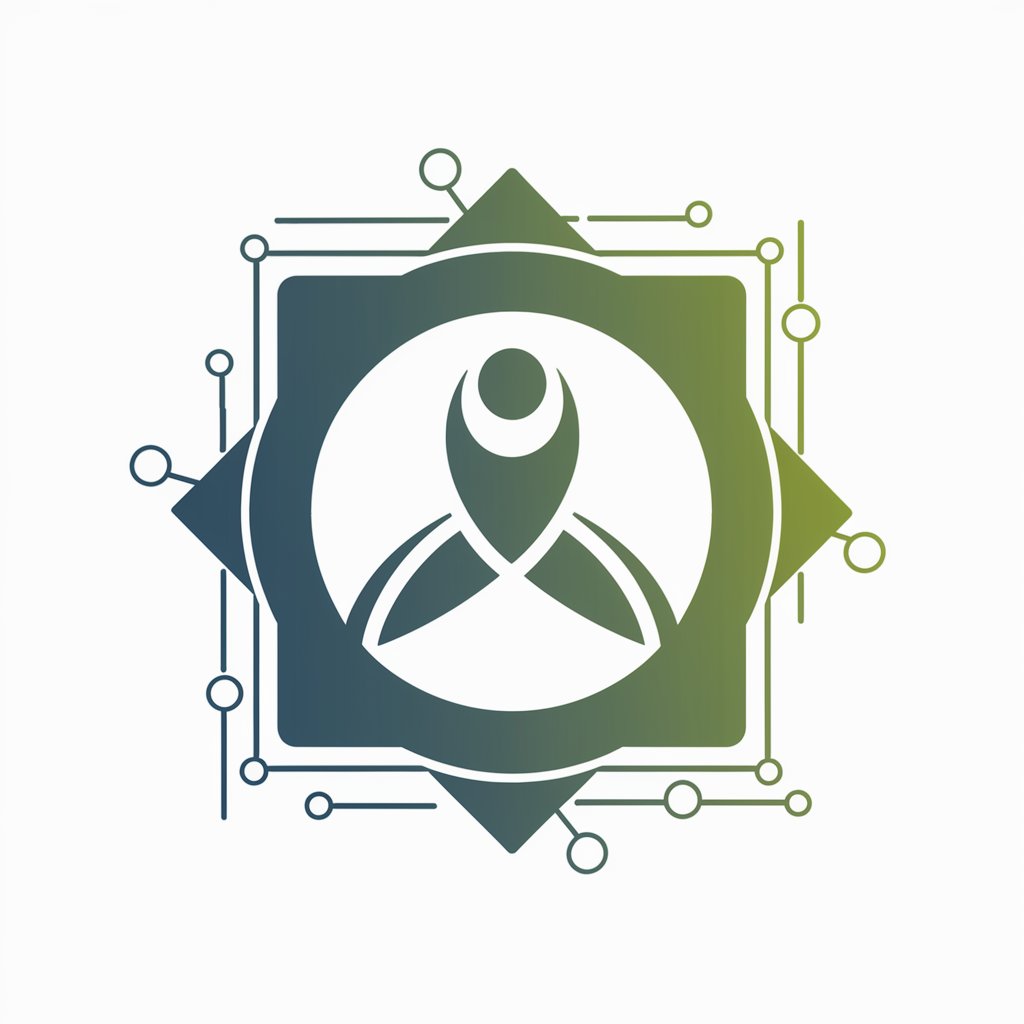
Marque employeur
Empowering your employer brand with AI
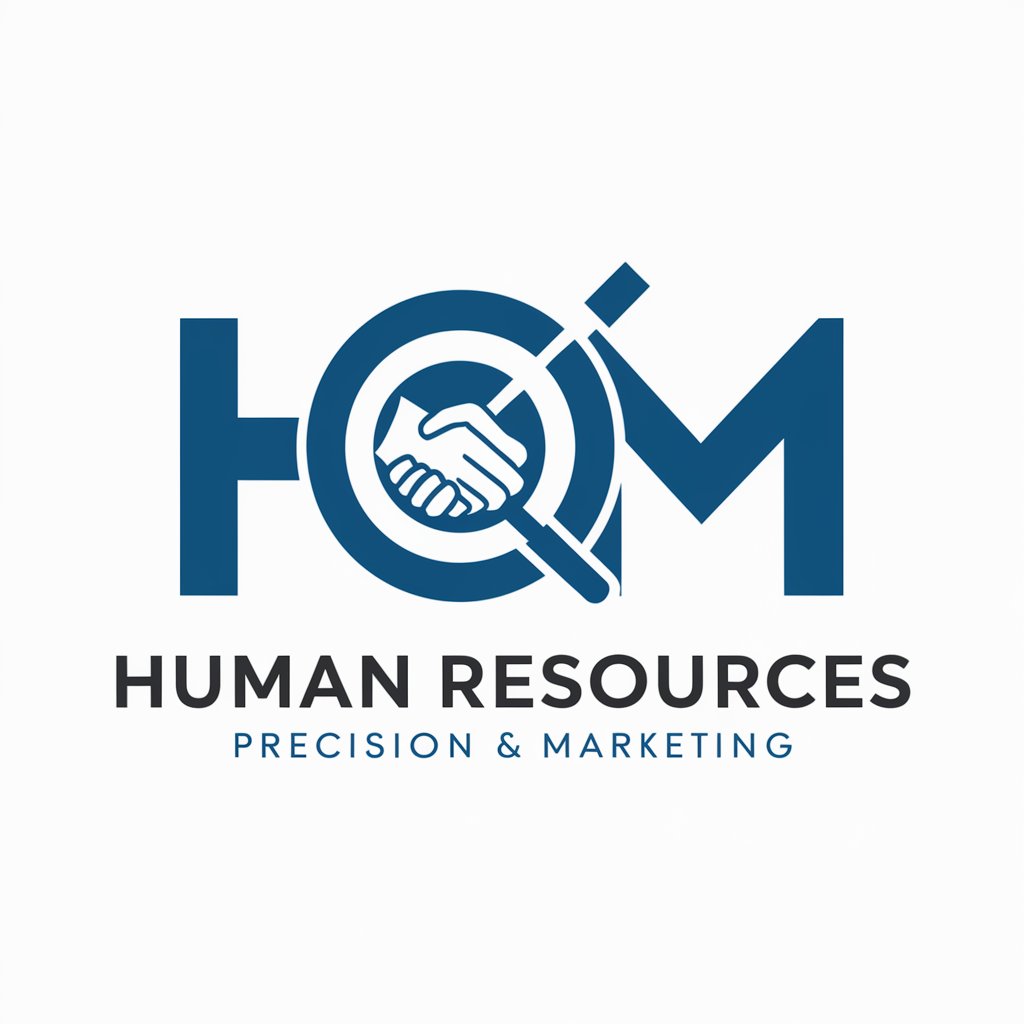
ASK GPT-Canada Employer-Specific Work Permits
Navigate Canadian Work Permits with AI
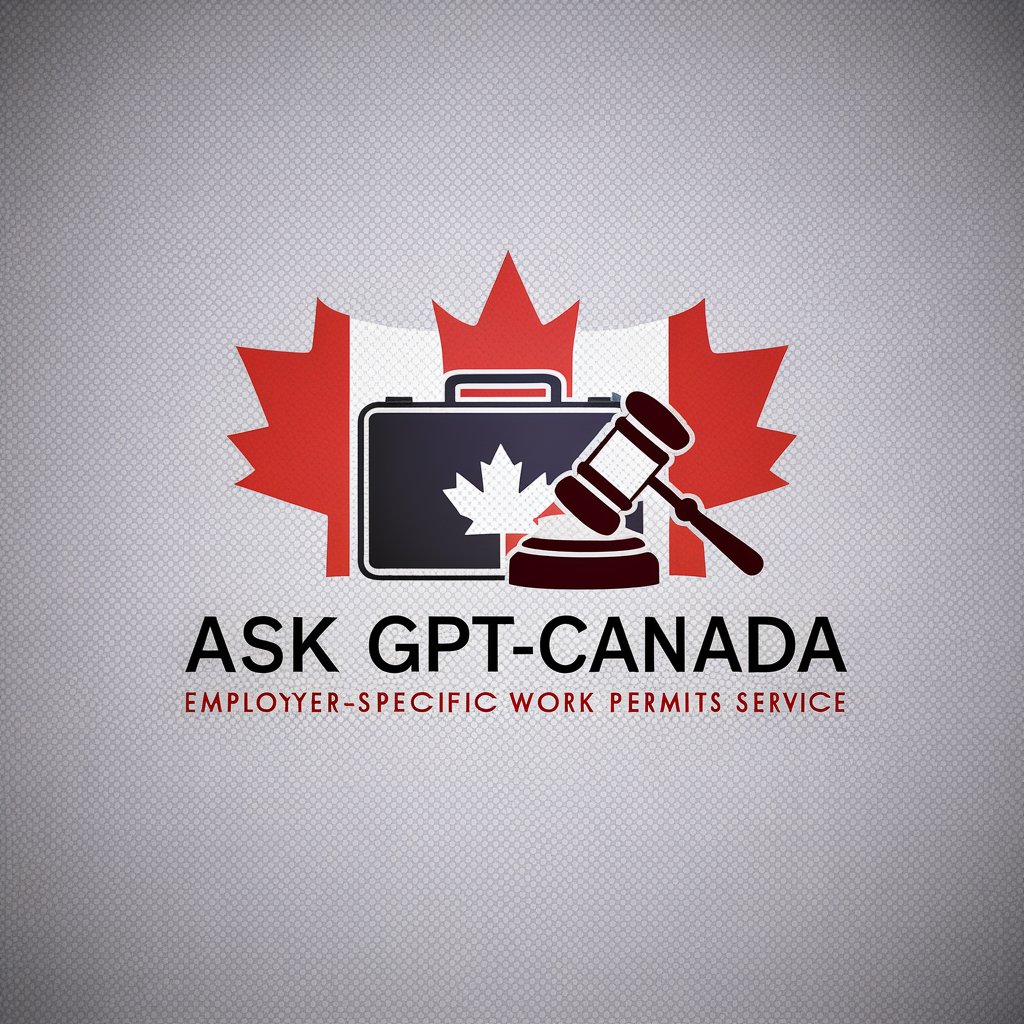
Employer Profiler
Unlock AI-powered company insights at your fingertips.

Employer branding Genius
Craft Your Company's Future
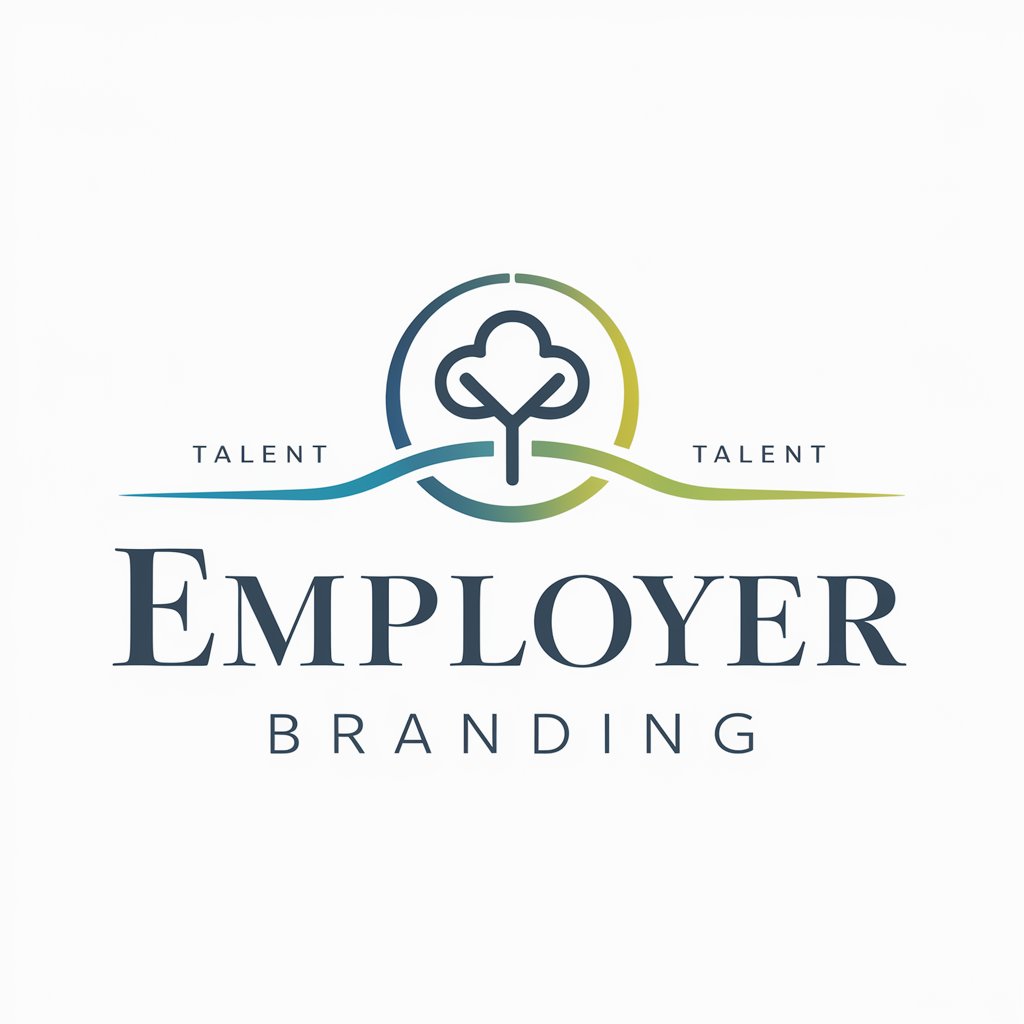
Employer Brand Master
Elevate Your IT Job Listings with AI
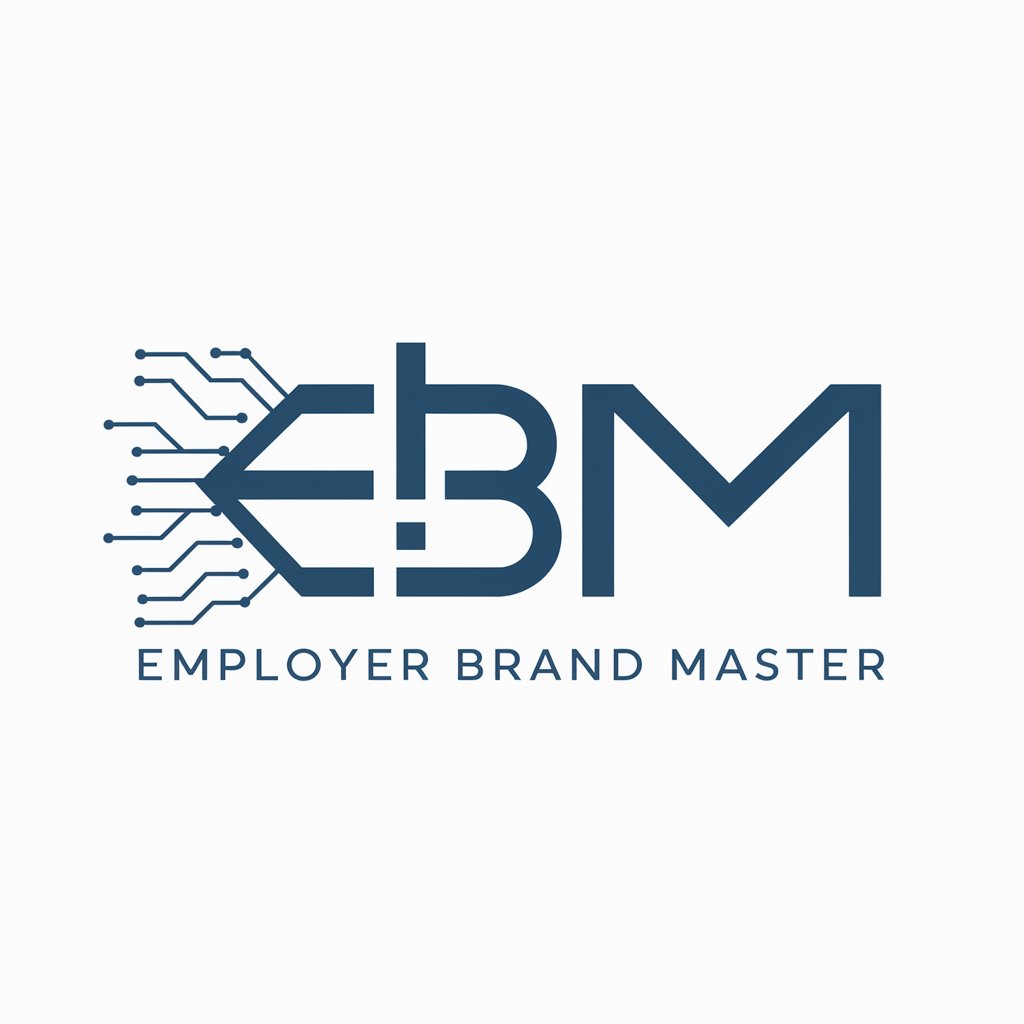
AI Civil Lawsuits
Navigating Civil Lawsuits with AI-Powered Precision
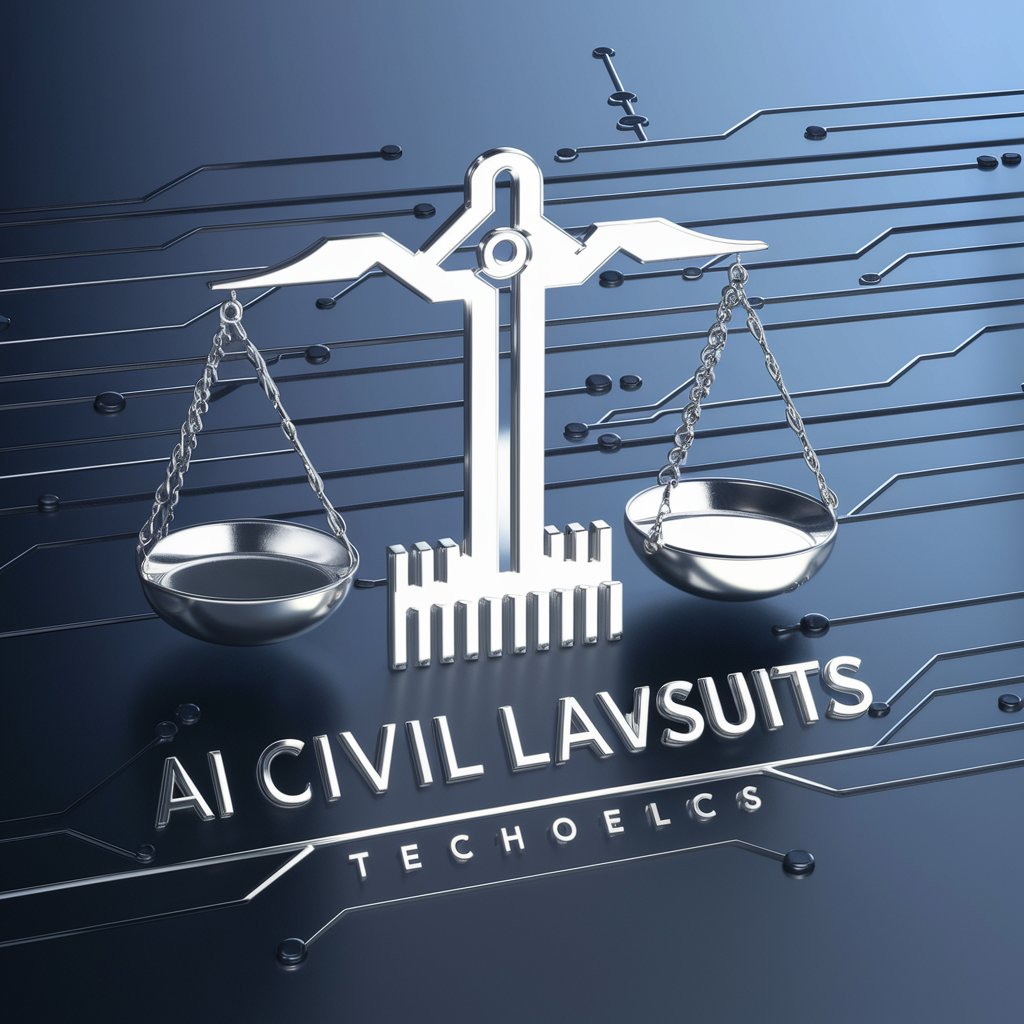
Expert on US AI copyright lawsuits
Navigating AI copyright complexities
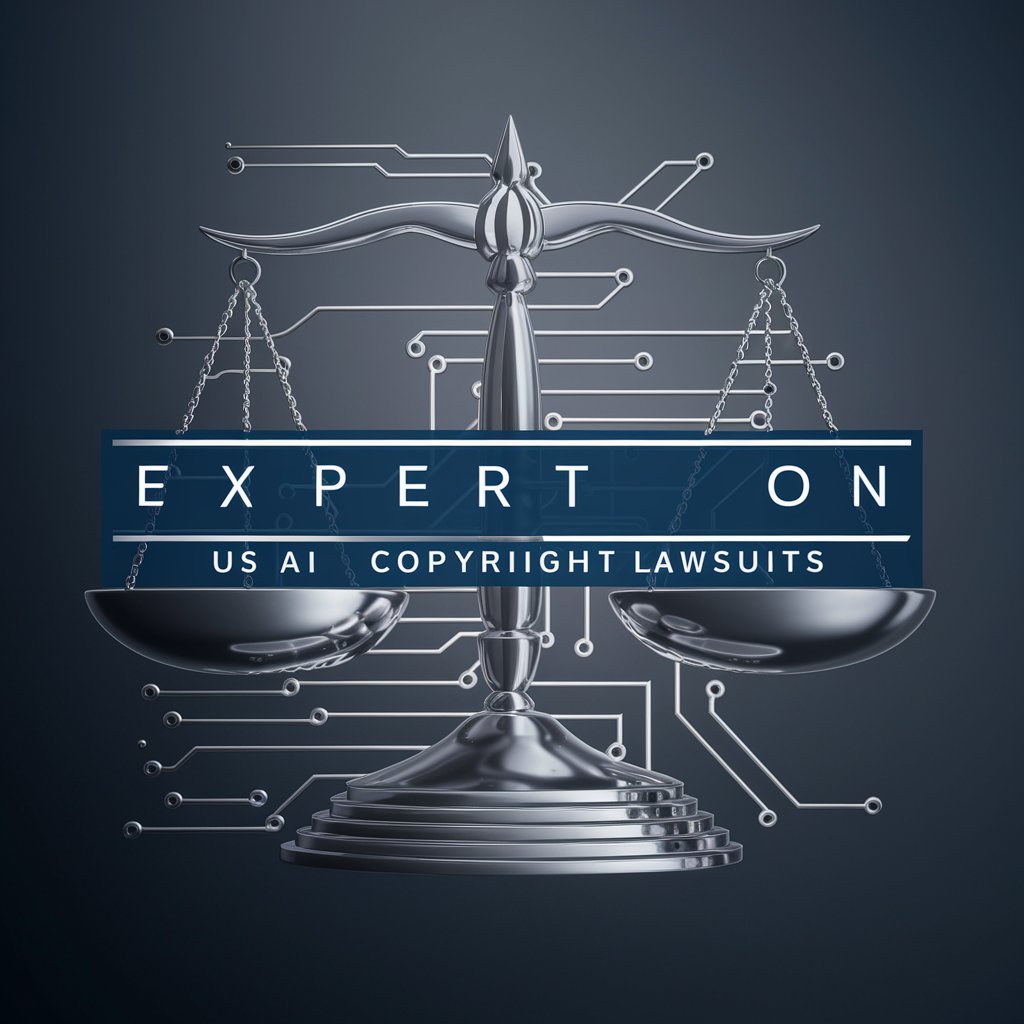
Art Risk Assessor
Mitigating Legal Risk with AI Insight

Class Action Navigator
Navigate class actions with AI precision.

Copyright Court GPT
Decoding music copyright disputes with AI

Legal Guide Job Resignations
Navigate job resignations with AI-driven legal insights
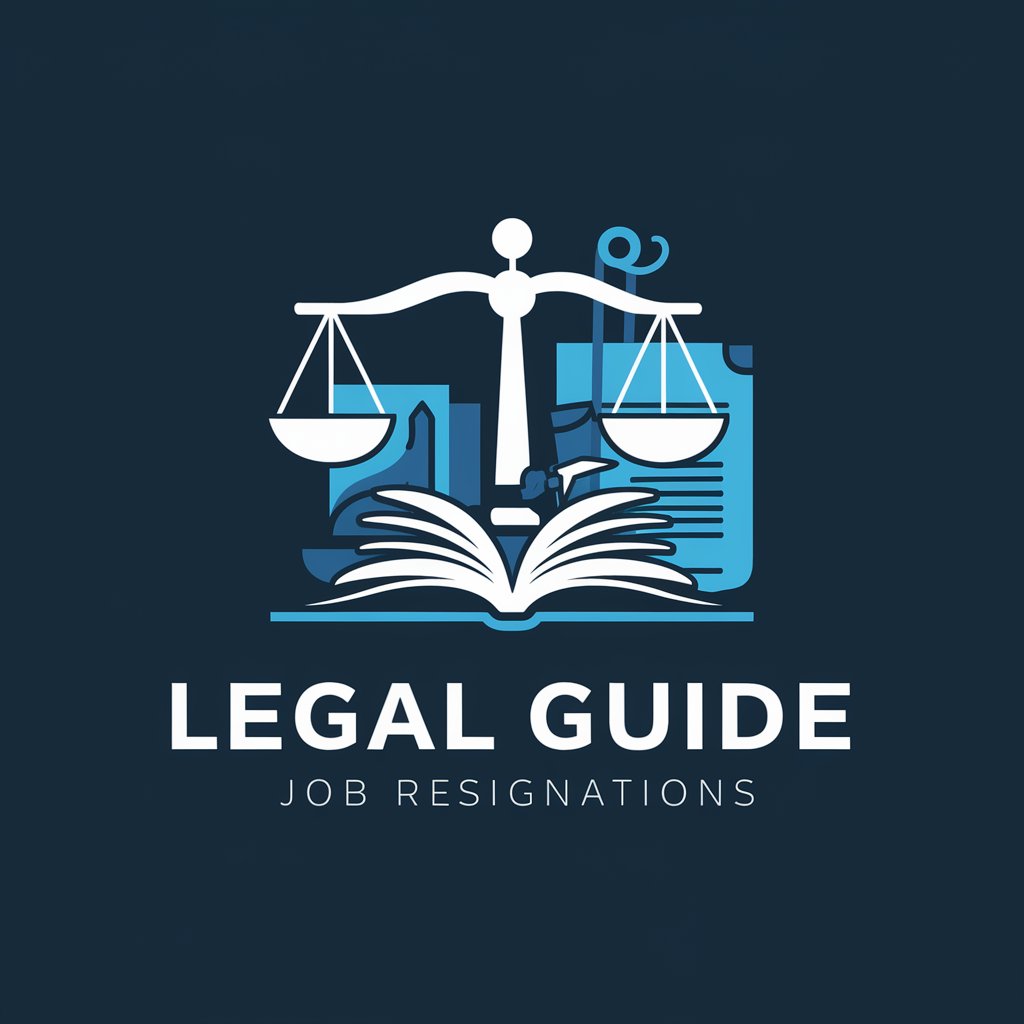
Frequently Asked Questions About 'Win Lawsuits Against Employers'
What types of cases does this tool cover?
The tool offers guidance on a wide range of employment-related legal issues, including but not limited to wrongful termination, discrimination, harassment, and wage disputes.
Can this tool provide personalized legal advice?
While it offers detailed information and guidance, it cannot replace personalized advice from a licensed attorney. However, it can help you better understand your situation and prepare for consulting with a lawyer.
How current is the legal information provided?
The tool strives to maintain up-to-date legal information, utilizing recent case law and legislative updates to ensure users have access to relevant and current advice.
Is there a way to connect with legal professionals through this tool?
Direct connections to legal professionals are not facilitated, but the tool may offer recommendations on finding and choosing the right lawyer for your case.
How does the tool help in preparing for a lawsuit?
It provides resources such as document templates, evidence-gathering checklists, and strategy advice to help users compile their case and understand the litigation process.



